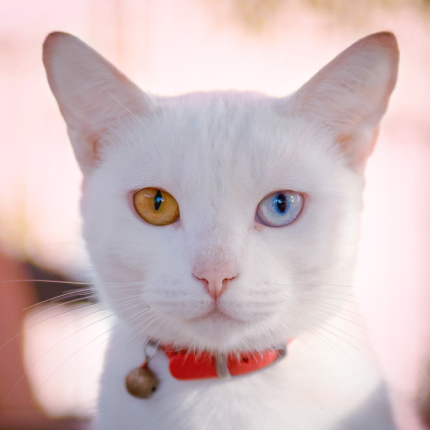Scottish Fold Cats: Adorable or Harmful?
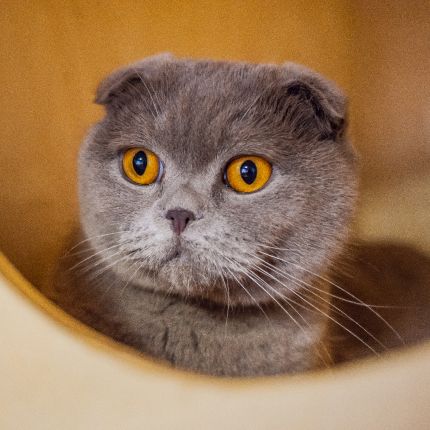
The Scottish Fold cat is undoubtedly one of the most charming and distinctive breeds. They are known for their iconic forward-folded ears, which give them an owl-like appearance. These cats are undeniably cute and have been made famous by social media, with celebrities like Taylor Swift and Ed Sheeran often sharing pictures of their beloved Scottish Folds.
However, there’s a lesser-known side to the breed that raises concerns. While these cats may be adored for their appearance, their distinctive features come at a cost. Let’s explore the origins of the Scottish Fold and the health issues that can plague this breed.
advertisement
The Origins of the Scottish Fold
As the name suggests, the Scottish Fold originated in Scotland. In the 1960s, a white barn cat named Susie was discovered in Perthshire with a unique genetic mutation. This mutation caused her ears to fold. This unusual trait was linked to a cartilage defect, causing the ears to fold downward rather than stand up, as in most cats.
When Susie gave birth to kittens, many had the same folded ears. Seeing an opportunity to capitalize on this charming look, Susie’s owner began breeding her with British Shorthairs and other local cats. The result was the Scottish Fold breed, which soon gained popularity, particularly in the UK and the US.
The Hidden Problem Behind the Folded Ears
While the folded ears of Scottish Folds are undeniably cute, the genetic mutation that causes them has serious health consequences. The same defect that affects the ear’s cartilage also impacts other parts of the body, leading to Osteochondrodysplasia. This incurable disease causes painful, swollen joints and affects cats as early as 7 weeks old.
Scottish Folds are prone to malformations in their forelimbs, hindlimbs, spine, and tail. This often results in stiff, painful, or fused joints. Unfortunately, these issues aren’t just limited to a small percentage of Scottish Folds – all cats of this breed will experience these problems at some point.
The joint pain caused by this condition severely impacts the cat’s mobility. It can cause lameness and an abnormal gait, making it difficult for the cat to perform everyday behaviors such as walking, running, jumping, and grooming.
A Conundrum for Pet Lovers
While the Scottish Fold has an excellent temperament and a unique, lovable personality, there is growing concern about breeding animals with known health issues for their appearance. Veterinary professionals, including organizations like International Cat Care and The British Veterinary Association, agree that intentionally breeding cats with a genetic mutation that causes lifelong pain and discomfort is unethical.
Prospective pet owners should consider the long-term health and happiness of their future pets rather than being swayed solely by appearance. While Scottish Folds are undoubtedly adorable, their quality of life may be compromised.
advertisement
What to Consider When Choosing a Cat
If you’re thinking about bringing a new kitty into your home, here are some key tips to keep in mind:
- Avoid breeds with extreme or “designer” features. While these cats may look cute, their genetic makeup could result in serious health issues down the line.
- Consult your vet. If you’re interested in a particular breed, talk to your vet about its health considerations. They can provide information on potential issues and how to care for the breed.
- Get regular check-ups. If you already own a breed with known genetic health issues, regular vet visits can avoid potential problems.
Ultimately, while a cat’s appearance might initially draw us in, its well-being should always be the top priority. Choosing a healthy breed, or even a non-pedigree cat, could ensure that your furry friend enjoys a long, happy, and pain-free life.

Featured Articles
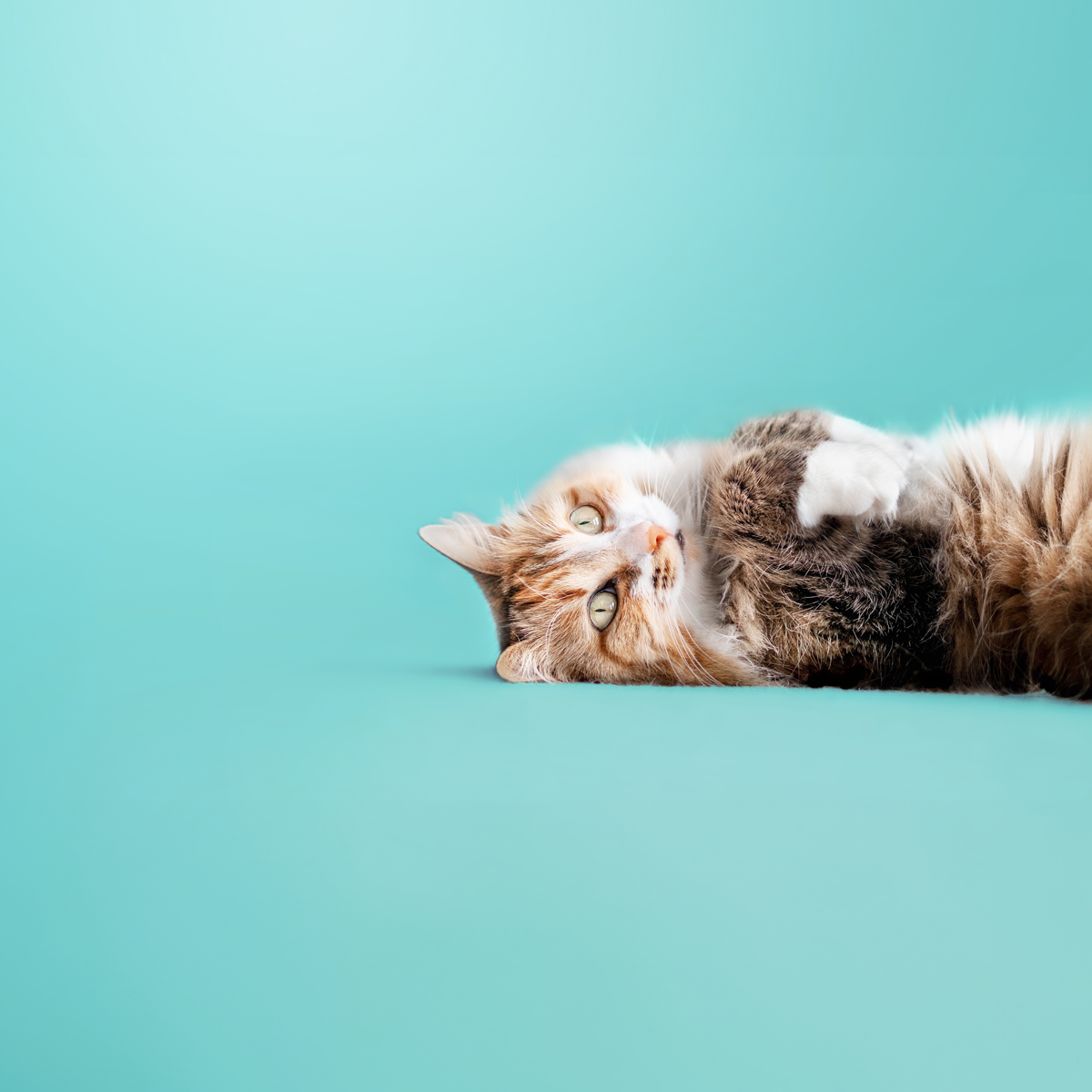
Why Do Cats Roll Over Into Their Backs But Not Let You Touch Their Bellies?
It’s common knowledge dogs love to have their tummies rubbed when they freely lay down before you and roll onto their backs. But, if you’re also familiar with cats, you know that when they roll onto their backs with their bellies exposed, rubbing the belly will most likely result in…
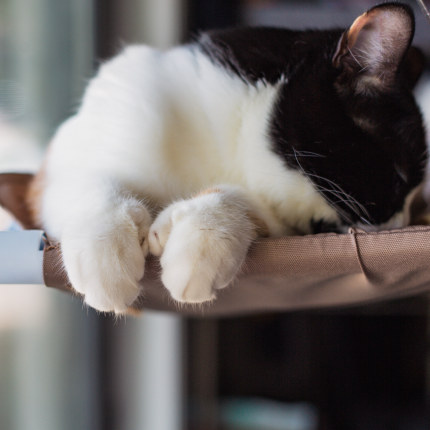
Polydactyl Cats: Just More Beans to Love
Polydactyl cats have become extremely popular in recent times. As a result, more and more people are interested in learning more about this six-toed cat and want to get one of their own. If you are a cat lover intrigued by polydactyl cats, you have come to the right place….
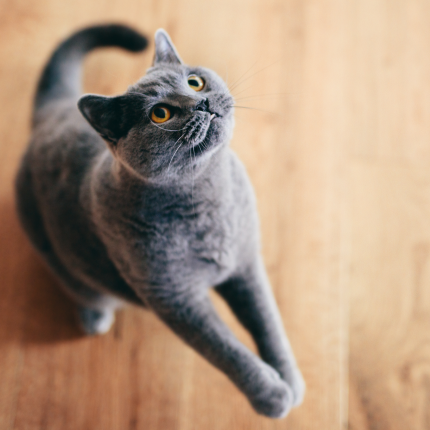
Greebles and Cats: The Origin and the Meaning
You may have seen an internet sensation concerning cats labeled “greebles.” Feel out of the loop? We’re here to help you. In 2019, Reddit user /user/literallyatree commented on a Reddit post about a cat that looks like it’s trying to slap a ghost. This user commented: “My family calls things…
